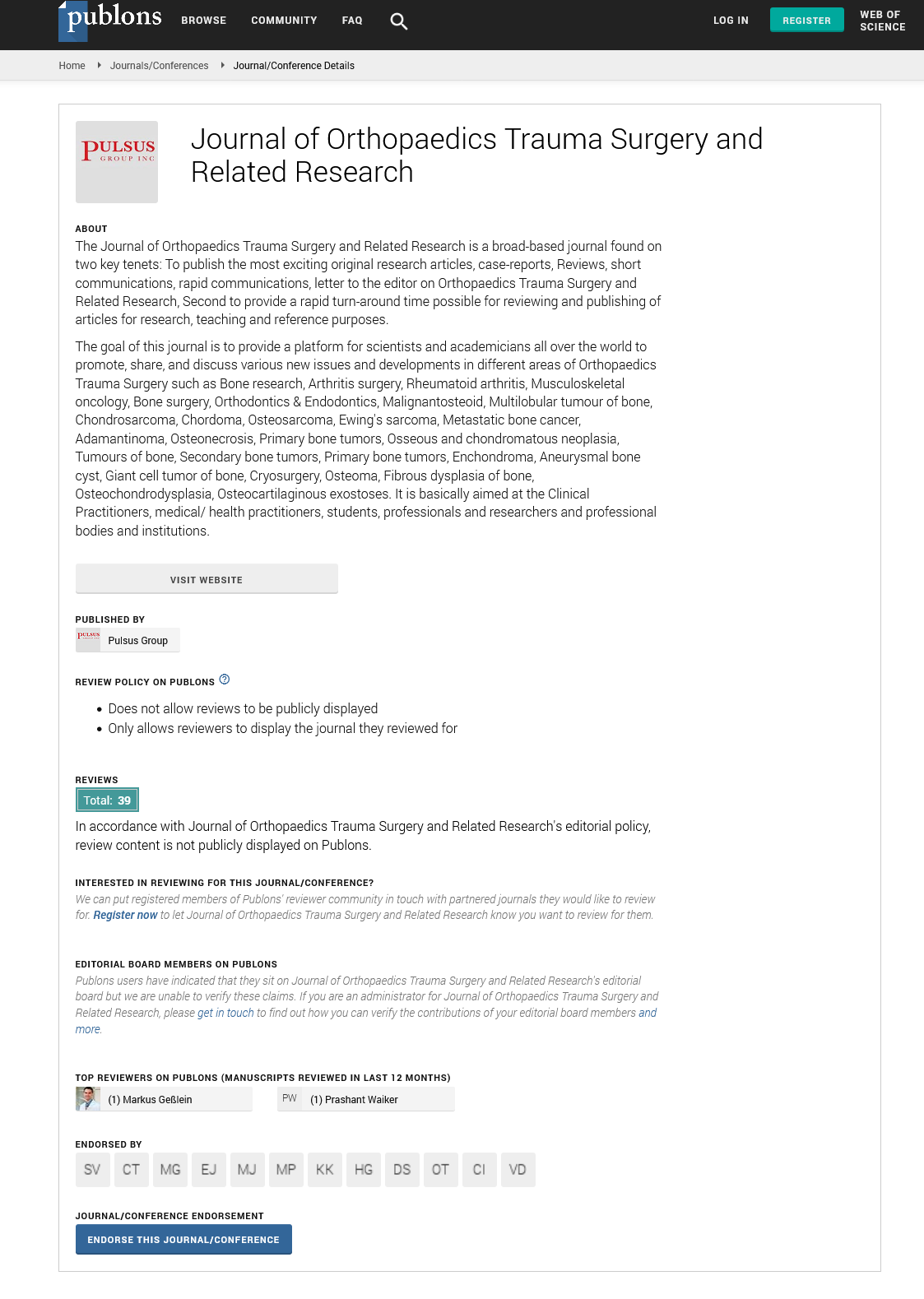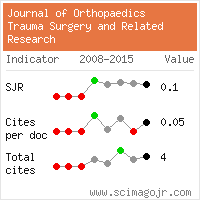Stress and alterations in the pain matrix
Received: 11-Aug-2022, Manuscript No. JOTSRR-22- 80170; Editor assigned: 12-Aug-2022, Pre QC No. JOTSRR-22- 80170(PQ); Accepted Date: Sep 07, 2022 ; Reviewed: 26-Aug-2022 QC No. JOTSRR-22- 80170(Q); Revised: 03-Sep-2022, Manuscript No. JOTSRR-22- 80170(R); Published: 09-Sep-2022, DOI: 10.37532/1897- 2276.2022.17(8).72
This open-access article is distributed under the terms of the Creative Commons Attribution Non-Commercial License (CC BY-NC) (http://creativecommons.org/licenses/by-nc/4.0/), which permits reuse, distribution and reproduction of the article, provided that the original work is properly cited and the reuse is restricted to noncommercial purposes. For commercial reuse, contact reprints@pulsus.com
Abstract
https://bluecruiseturkey.co
https://bestbluecruises.com
https://marmarisboatcharter.com
https://bodrumboatcharter.com
https://fethiyeboatcharter.com
https://gocekboatcharter.com
https://ssplusyachting.com
Abstract
A biopsychosocial model explains the origins of chronic pain. It proposes that environmental and genetic factors interact to cause abnormal long-term changes in biological and psychological regulatory systems. Psychological and physical stressors’ physiological effects may play a critical role in these maladaptive processes. Long-term stress response system demands, in particular, may moderate central pain processing and influence descending serotonergic and noradrenergic signals from the brainstem, regulating nociceptive processing at the spinal level. The underlying mechanisms of this pathophysiological interaction, however, remain unknown. This paper seeks to shed light on potential links between physical (exercise) and mental health. psychological stress and its potential neurobiological ramifications in the genesis and treatment of chronic pain, emphasising evolving concepts and promising research avenues in the treatment of chronic discomfort Two types of treatment (exercise and mindfulness-based stress reduction as examples)therapies), their interaction and the dose-response relationship will be discussed in greater depth, which may pave the way for a better understanding of changes in the pain matrix and aid in the development of future treatments Concepts of prevention and treatment.
Keywords
Stress; allostatic load; relaxation; back pain; chronic pain; physical activity; exercise; neuroplasticity; pain matrix
Introduction
Chronic pain is one of the most disabling medical conditions, with the highest disability rate in the world. Back pain and arthritis are the most common causes of these complaints. Given the high lifetime prevalence of low back pain (84%) and the significant risk of subsequent cornification after the onset of the disease, research into the underlying mechanisms of these types of chronic pain is of great interest. To reduce the need for healthcare and the resulting societal economic burden, sophisticated risk assessments, effective prevention strategies, and therapeutic treatments must be developed. These concepts must take into account musculoskeletal, neuronal, psychobiological, and etiological factors, in keeping with the multifaceted nature of chronic pain. Pain symptoms, on the other hand, may be associated with pre-existing vulnerabilities and structural pathologies. Functional and/or physical difficulties, on the other hand, can be precipitated by psychosocial and psychophysiological factors such as stress. As a result, the goal of this paper is to spark a discussion about the potential interacting pathways between physical stress (here defined as PS, i.e., exercise) and psychological stress (here defined as MS, i.e., mental stress) and their potential neurobiological consequences in the genesis and treatment of chronic pain. To concentrate on treatment interventions that are simple to learn, inexpensive, and easily integrated into daily life, two therapy forms-physical exercise and mindfulness-based stress reduction-and their interaction and dose-response will be examined in greater depth.
NEUROBIOLOGICAL CONSEQUENCES OF PAIN
According to recent neuroimaging studies, chronic pain is associated with a wide range of symptoms and severity, as well as functional and structural changes in the Central Nervous System (CNS). Pain signals are processed in different brain regions and affect different brain networks, and the term “pain matrix” has been established to describe three major systems commonly affected by pain signals: the lateral and medial pain pathways, as well as the descending system involved in pain perception. Because of the extensive efferent and afferent connections of the thalamic nuclei, it was assumed that chronic back pain patients would exhibit changes in these subcortical areas. Inconsistent results were obtained when structural Magnetic Resonance Imaging (sMRI) was used to investigate structural changes in the brains of chronic back pain patients. In the thalamus of chronic back pain patients, researchers discovered both an increase and a decrease in grey matter volume. However, two studies found a decrease in grey matter volume in the Dorsolateral Prefrontal Cortex (DLPFC), despite the fact that other MRI results showed the opposite. A recent meta-analysis confirmed structural changes in patients with chronic back pain, particularly in the Dorsolateral Prefrontal Cortex DLPFC, temporal lobe, insular cortex, and primary somatosensory cortex (also see variations in white matter between patients with chronic back pain by Baliki et al Because pain and controls have been studied less frequently, drawing conclusions about them is more difficult. It is currently difficult to make neurobiological structural changes in these populations; however, in the future, Methodological imaging issues such as the influence of pain medication (such as analgesics) and antidepressants) on blood flow and pressure must be considered, as these variables may have an impact a significant influence on blood oxygen level-dependent signals. In contrast to the quantification of grey matter changes investigated by sMRI, the results of neuroimaging studies in chronic back pain patients using resting-state functional MRI (rsfMRI) show more consistent results. Increased neural activity has been reported in chronic pain patients during resting-state fMRI in various cortical brain regions such as the Medial Prefrontal Cortex (MPFC), cingulate cortex, or insular cortex, as well as subcortical brain regions such as the amygdala. Furthermore, sensory and motor cortex areas, which are important in pain perception and certification processes, demonstrated increased neural activity and connectivity to other areas of the brain. It can also be assumed that there is a causal relationship between corticostriatal connectivity and pain persistence.
Conclusion
This paper discusses possible links between physical and mental stress and neurobiological consequences in the development and treatment of chronic pain. Pain-related neural maladaptations and pain-related mechanisms between exercise and relaxation techniques are presented and discussed as therapeutic targets. Promising research directions in the prevention and treatment of chronic pain may be established by highlighting some evolving concepts.



 Journal of Orthopaedics Trauma Surgery and Related Research a publication of Polish Society, is a peer-reviewed online journal with quaterly print on demand compilation of issues published.
Journal of Orthopaedics Trauma Surgery and Related Research a publication of Polish Society, is a peer-reviewed online journal with quaterly print on demand compilation of issues published.